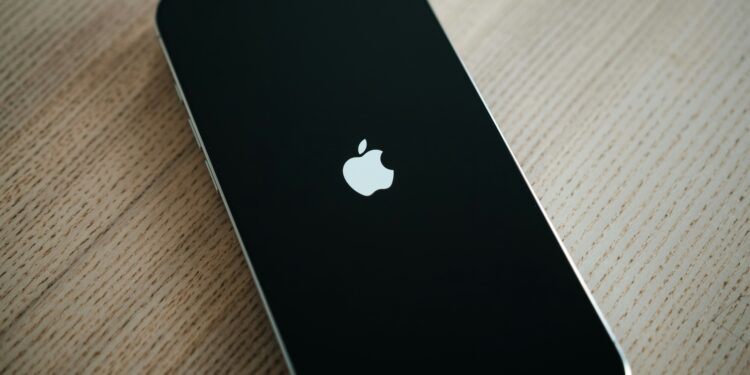Apple is about to set another milestone in the smartphone world with the new "iPhone 17 Air". With an ultra-thin design, eSIM-only technology and some special features, this model stands out clearly from its predecessors.
The rumor mill is bubbling, and Apple fans around the world are excited to see what the "iPhone 17 Air" has to offer. Renowned analyst Ming-Chi Kuo has further details publishedthat arouse curiosity. The design and the new technical approaches are particularly eye-catching. We will now take a closer look at whether the "iPhone 17 Air" delivers what it promises and what advantages and disadvantages it brings with it.
Ultra-thin design – only 5.5 mm thin
The "iPhone 17 Air" is set to be the thinnest iPhone ever, with a thickness of just 5.5 mm. For comparison: The iPhone 6, which previously held this title, was almost 30% thicker at 6.9 mm. This slim design is expected to not only impress visually but also revolutionize the handling of the smartphone. Apple achieves this design through an innovative housing material and clever placement of the internal components. However, the thin design also means that the camera on the back will protrude somewhat. A single 48-megapixel camera is expected, which is both powerful and space-saving.
Farewell to the SIM card slot – eSIM only
Another big step towards the future is the elimination of the physical SIM card slot. Instead, Apple relies exclusively on eSIM technology in the "iPhone 17 Air". This change brings several advantages:
- No additional space required for a physical slot, which enables the ultra-thin design.
- Easily switch between mobile operators without having to insert a new card.
- A plus in terms of water resistance and robustness, as fewer openings are required in the housing.
The eSIM-only technology could become standard across the iPhone 17 lineup, at least in countries that already support this move, Kuo said.
Technical data – solid equipment despite minimalism
Even though the “iPhone 17 Air” does not have the top specifications of the Pro models, the features are impressive:
- Display: A generous 6.6-inch display offers enough space for apps, videos and multitasking.
- Processor: The A19 chip, a slightly slimmed down version of the A19 Pro, ensures smooth performance in everyday life.
- RAM: 8 GB RAM is available for fast and smooth operation.
- Modem: With a 5G modem developed by Apple, you are well equipped for fast data connections.
- Speakers: Instead of stereo sound, there is a single speaker that focuses on the essentials.
positioning in the Apple portfolio
The "iPhone 17 Air" will replace the previous Plus model and is intended to appeal primarily to design-oriented users. Despite reduced specifications compared to the Pro models, the device will probably be in the upper price range. Apple is relying on the prestige of the ultra-thin design to make the "iPhone 17 Air" a special highlight.
release date and availability
The iPhone 17 Air is scheduled to launch in September 2025. It will be released alongside the other models in the iPhone 17 series, including the iPhone 17, iPhone 17 Pro, and iPhone 17 Pro Max. There will be no iPhone 17 Plus, as the iPhone 17 Air will take its place in the line-up.
Compromises and opportunities: The "iPhone 17 Air" at a glance
The "iPhone 17 Air" is an exciting step in a new direction for Apple. With its ultra-thin design, eSIM-only technology and good basic technical features, it stands out clearly from previous models. Although there are probably some compromises in terms of features, Apple is clearly targeting users who value design and innovation. Whether the "iPhone 17 Air" can keep its promise will become clear in the fall. Until then, one thing remains certain: This model will continue to fuel the discussion about the future of the smartphone. (Photo by Unsplash / Semeon Hrozian)





